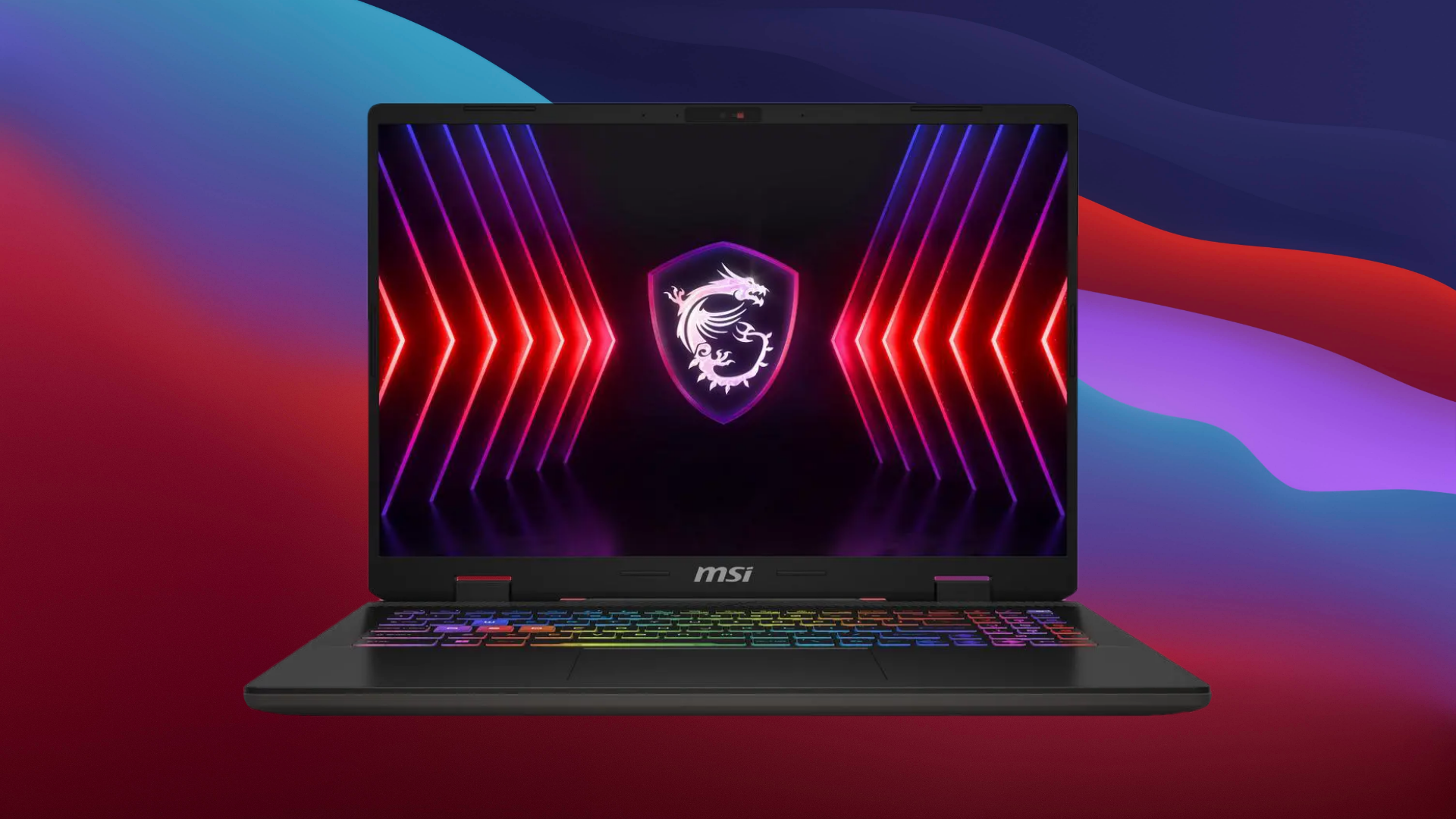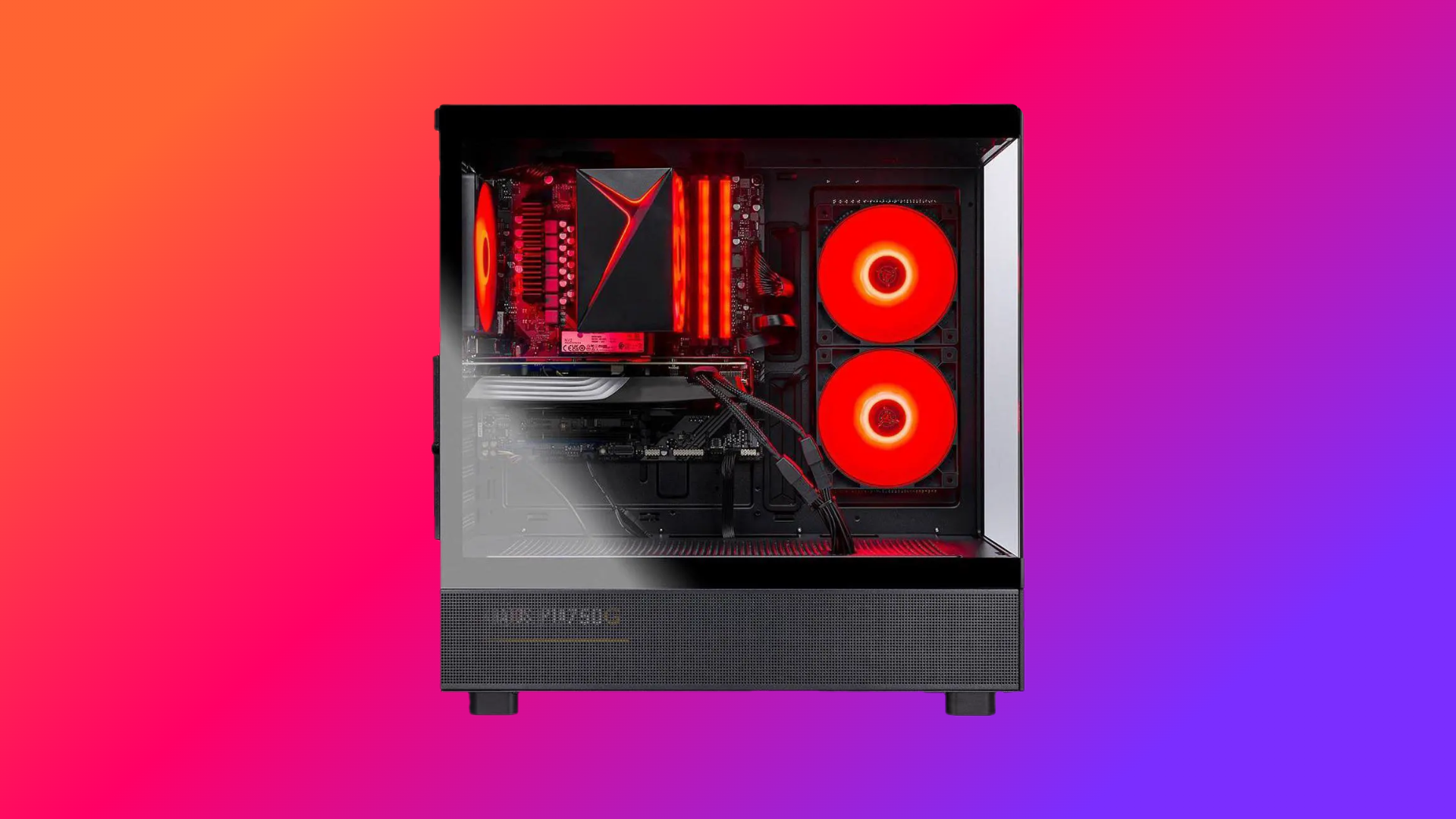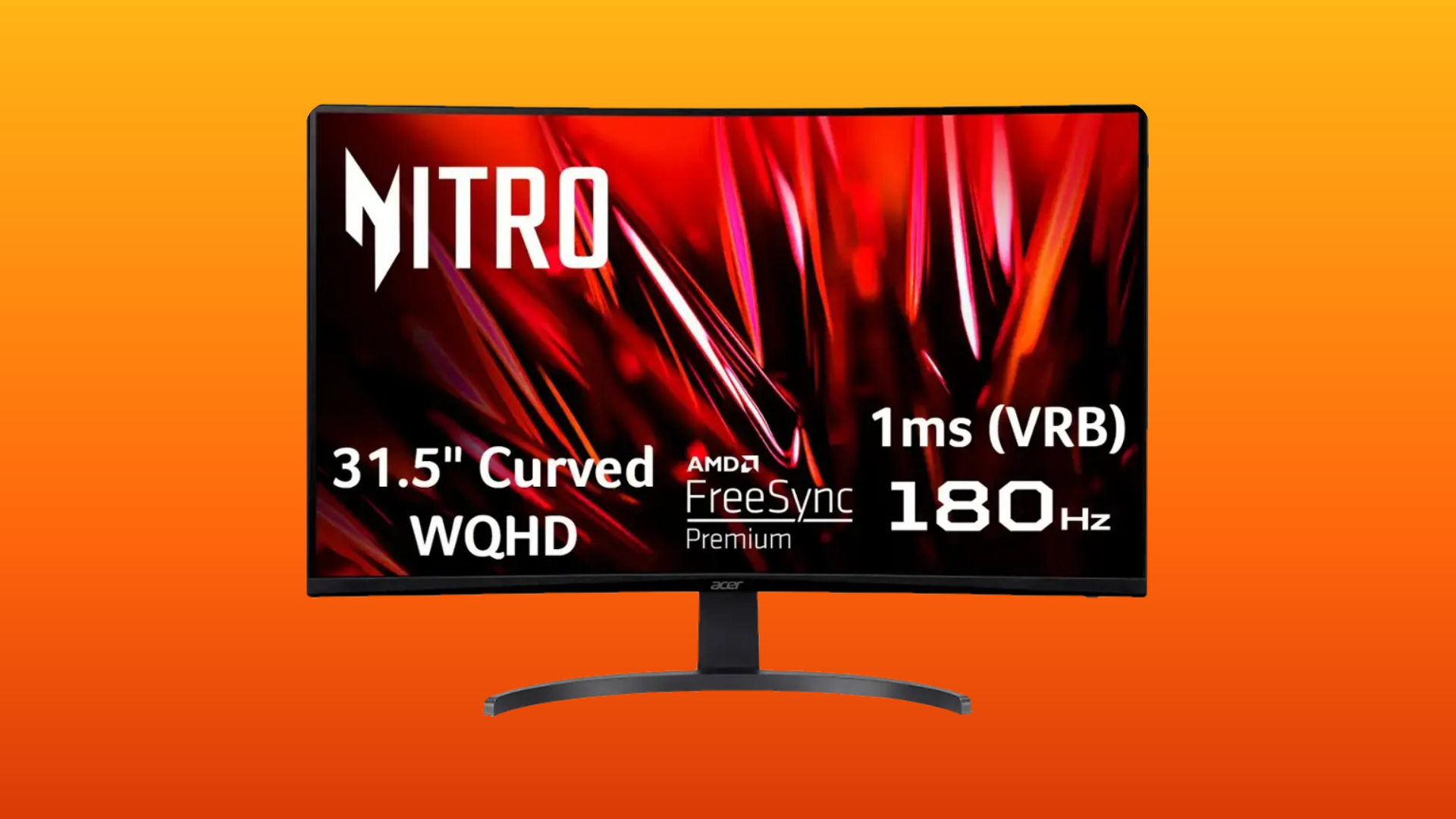Experiencing performance issues in games? Check out our guide on how to use Optiscaler to force games to use FSR 4.
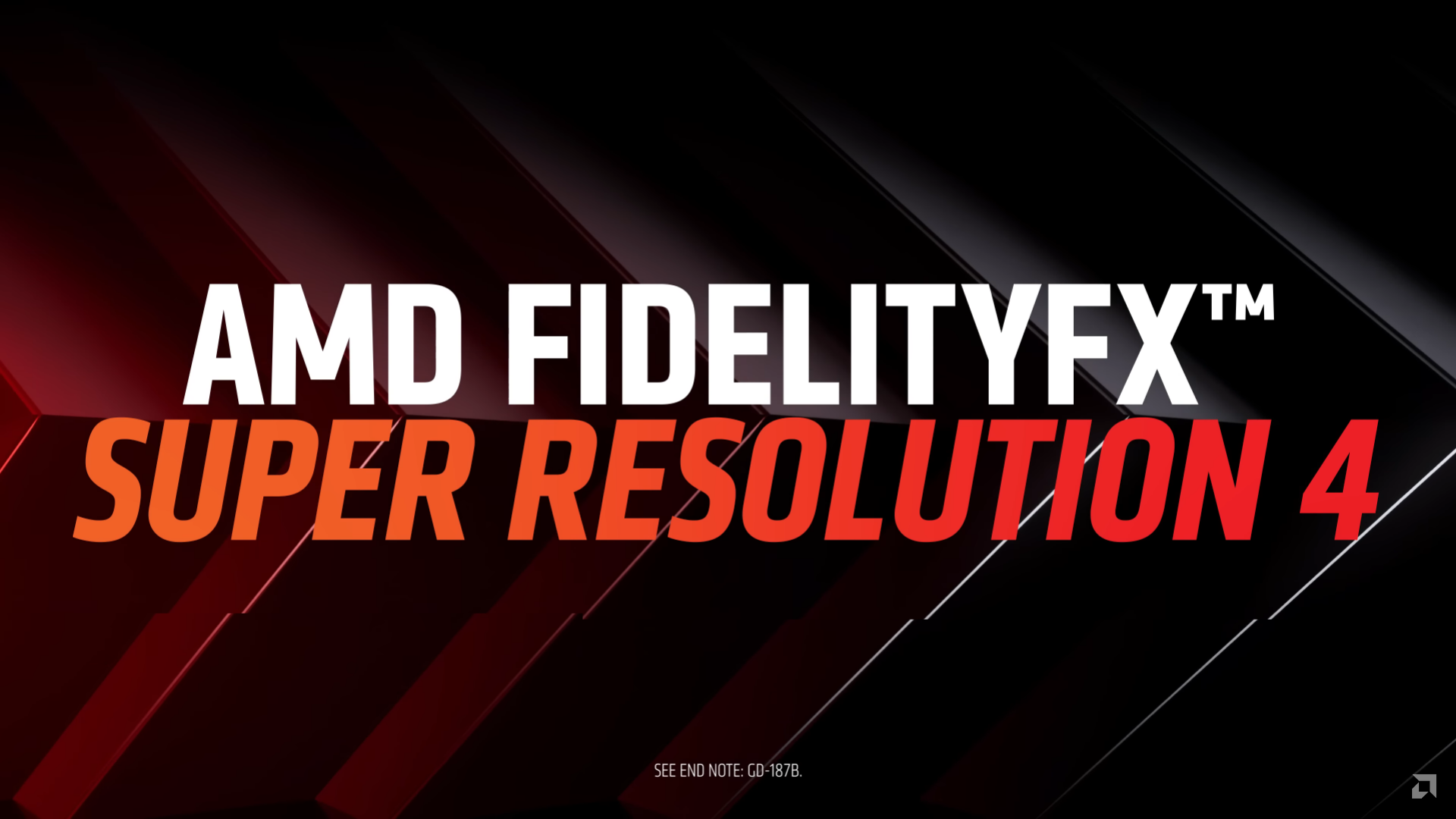
Modern upscaling solutions such as AMD’s FidelityFX Super Resolution 4 (FSR 4) are supposed to offer AI-driven upscaling, motion reconstruction, and frame generation on RDNA4 hardware. Unfortunately, things are not so simple in the real world. Official game support frequently trails the release of the hardware. This gap means that the gamers who need FSR 4’s performance boost cannot really use it in the games that don’t support it yet.
Thankfully, OptiScaler has come to their rescue. It is a community-made middleware that addresses this gap by allowing FSR 4 injection into titles that are yet to ship with native support. This article will guide you on how to force FSR 4 using OptiScaler. Furthermore, it will discuss requirements, installation, configuration, and potential pitfalls.
Understanding FSR 4 and OptiScaler
FidelityFX Super Resolution 4 is the latest open-source technology by AMD that allows one to render games at lower resolutions internally. It upscales the frames using a mix of spatial reconstruction, temporal feedback, and AI-based improvements. The method provides better effective frame rates, improved details, and motion fluidity compared to FSR 3 or spatial-only upscalers.
OptiScaler is a middleware DLL that intercepts DirectX 11, DirectX 12, and Vulkan games. It intercepts the upscaling inputs that the game is making, and sends them on to whichever backend you prefer, whether that be FSR 4, FSR 3.1, XeSS, or even DLSS. This enables titles that only support DLSS to use XeSS or FSR 3. The latest release supports FSR 4 on RDNA 4 cards in cases where it has not been officially supported.
Key Features of OptiScaler
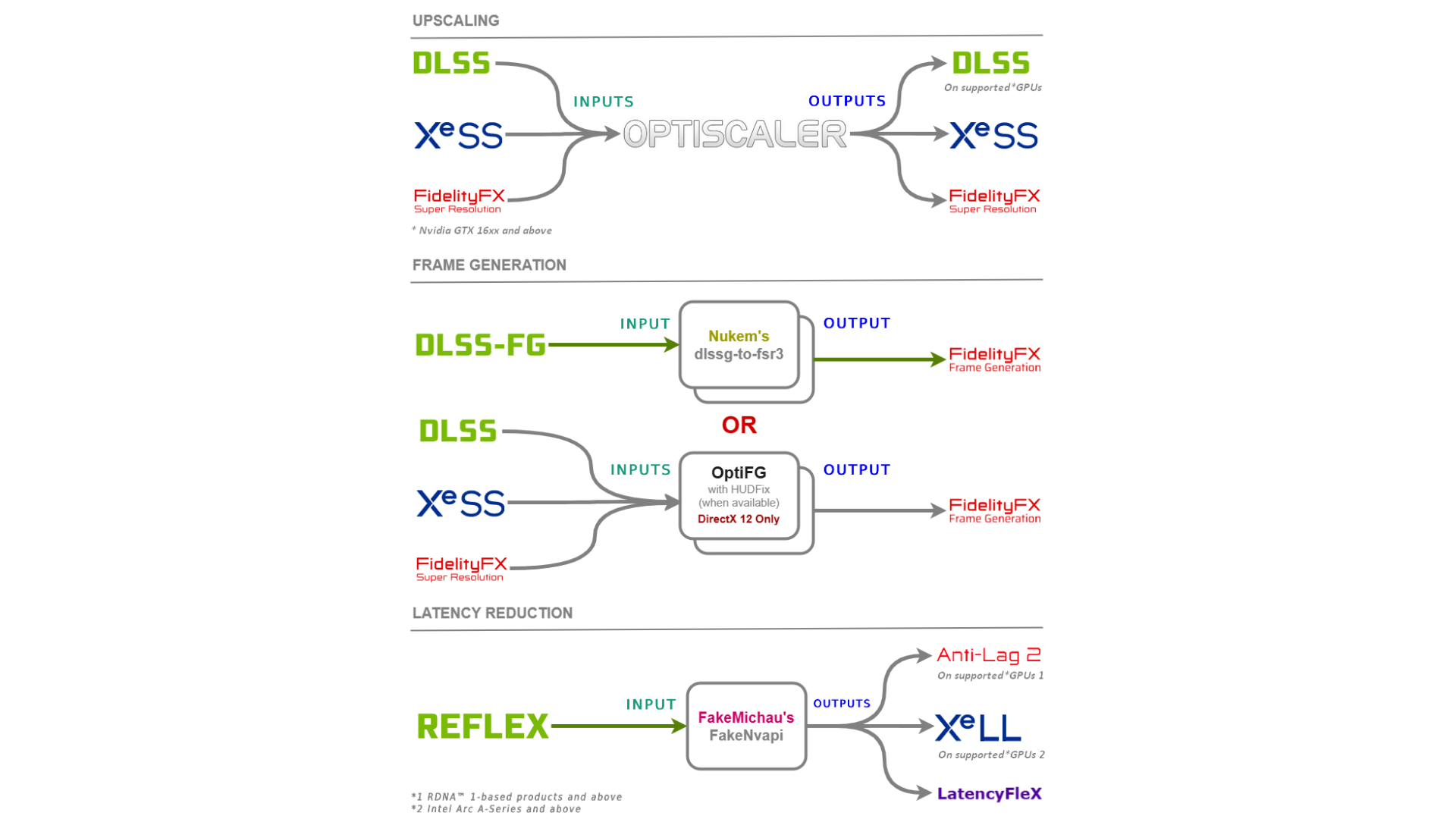
OptiScaler is a wide-ranging replacement framework for in-game upscalers. Using it, you can replace native implementations with whatever implementations you want. This implies that the games that have DLSS, XeSS, or FSR 2/3 can run FSR 4 immediately on RDNA 4 GPUs. Similarly, DLSS-only games can be re-routed to XeSS or an unofficial port of FSR 3.1. It does this without modifying the original code of the game, owing to the API interception layer that OptiScaler has.
OptiScaler provides great customization beyond mere replacement of simple upscalers. Through GPU spoofing, it is possible to fine-tune sharpening filters (RCAS and MAS), override rendering ratios, use dynamic resolution scaling (DRS), and select DLSS presets on non-NVIDIA GPUs. Its experimental features are OptiFG, frame generation driven by FSR 3 (which is available on DirectX 12), and Fakenvapi integration to hook NVIDIA Reflex or AMD Anti-Lag. These options are easy to adjust with the help of an in-game overlay (initially launched with the Insert key).
Supported APIs and Upscalers
The following table highlights the APIs and upscalers that OptiScaler supports:
| API | Default Upscaler | Additional Supported Upscalers |
| DirectX 12 | XeSS | FSR 2.1.2 / 2.2.1, FSR 3.x, FSR 4.0.x (RDNA 4 only), DLSS |
| DirectX 11 | FSR 2.2.1 | FSR 3.1.2 (unofficial port), DLSS, XeSS 2.x (Intel ARC only), FSR 4 via DX11on12 |
| Vulkan | FSR 2.1.2 | FSR 2.2.1, FSR 3.1, DLSS, XeSS 2.x, OptiFG (DX12 only via Vulkan+DX12 layer) |
System Requirements
Before you get started with the installation process, use this table to make sure that your system can run OptiScaler:
| Component | Minimum Specification | Recommended |
| GPU | Radeon RX 9000-series for FSR 4 | Same |
| CPU | Quad-core | Hexa-core or better |
| RAM | 8 GB | 16 GB |
| OS | Windows 10 | Windows 11 |
| Drivers | Latest AMD or NVIDIA driver | Latest AMD or NVIDIA driver |
Note: OptiScaler can run on older GPUs (GTX 10-series or AMD RX 5000+) for FSR 2/3 and XeSS. However, running FSR 4 needs RDNA 4 hardware.
How To Install OptiScaler?
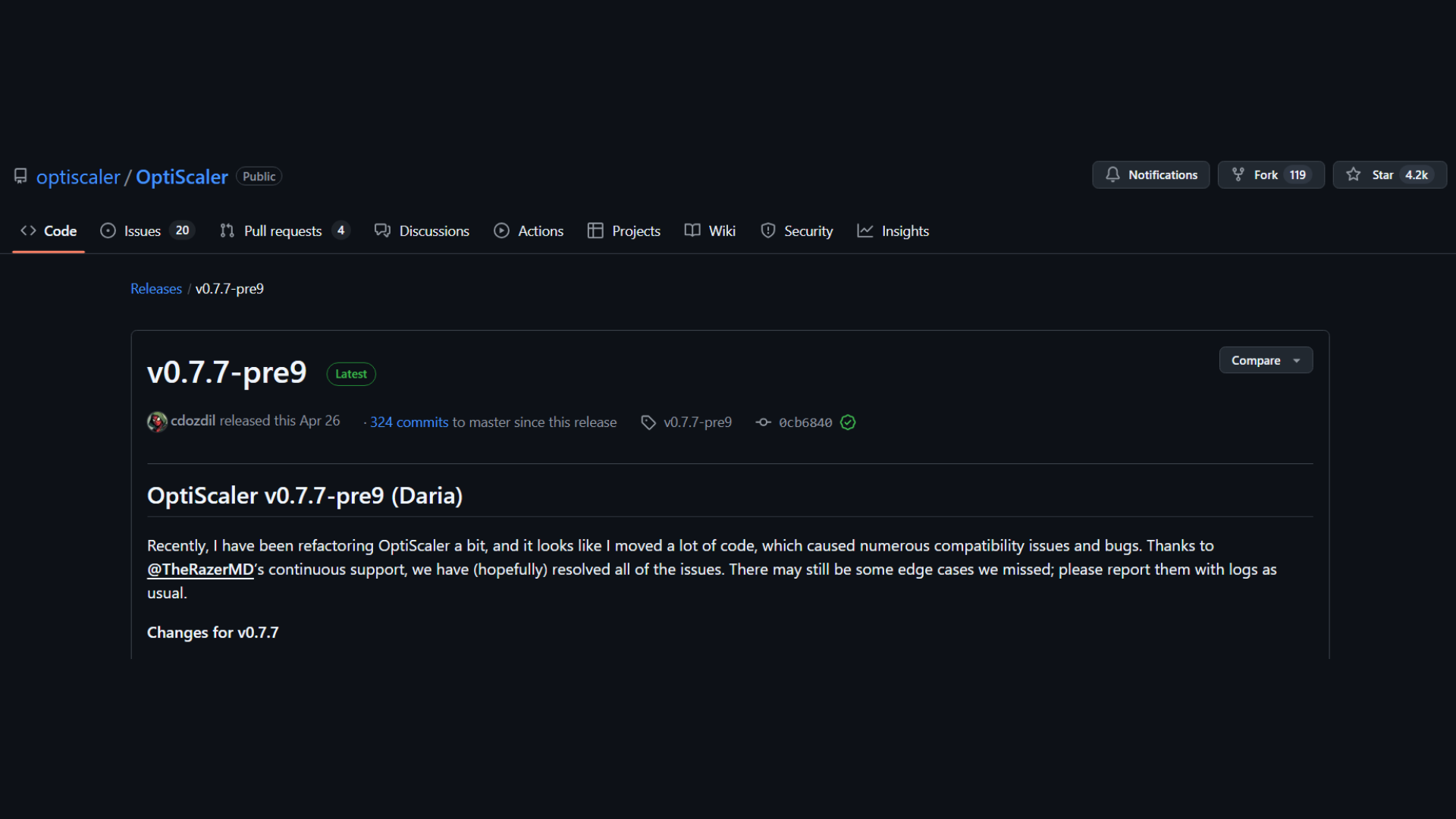
To install OptiScaler on your system, simply follow the steps listed below:
- Get the newest OptiScaler ZIP on the official GitHub. (Current latest version link)
- Copy all the contents to the installation folder of the game and place files alongside the executable of the game.
- Run the ‘OptiScaler Setup.bat’.
- This script will rename your DLLs and config files according to the game automatically.
- In case the batch file does not work, refer to the manual rename procedure in the OptiScaler Wiki.
- Go into the game and press Insert to open the OptiScaler overlay.
Configuring FSR 4 Injection
Here is what you need to do to inject FSR 4 in your game:
- Press Insert to open the OptiScaler overlay in the game.
- Choose upscaler backend as FSR 4.
- Change the internal render scale (e.g., 0.75 for rendering 1440→1080).
- Select a mode from Quality, Balanced, Performance, or Ultra Performance presets.
- Tune sharpening filters (RCAS/MAS) between 0.5-1.5 to sharpen edges without artifacts.
- Enable or disable motion reconstruction depending on how much you can accept minor ghosting.
- Save and reboot the game in case you are asked to apply the changes.
Enabling Frame Generation
In order to enable frame generation in games, follow these steps:
- In overlay, allow OptiFG to inject the FSR 3-based frame generation into DirectX12 games.
- To play games that have native DLSS frame generation, install and choose Nukem dlssg-to-fsr3 converter through the setup script or through the config file.
- Turn on the HUDfix mode to minimize the ghosting effect of heads-up displays.
- Pressing Page Up will display performance statistics.
- Press Page Down to switch display modes.
- Slide frame generation and quality sliders to adjust between smoothness and visual fidelity.
- The adjustment takes effect instantly.
Troubleshooting and Known Issues
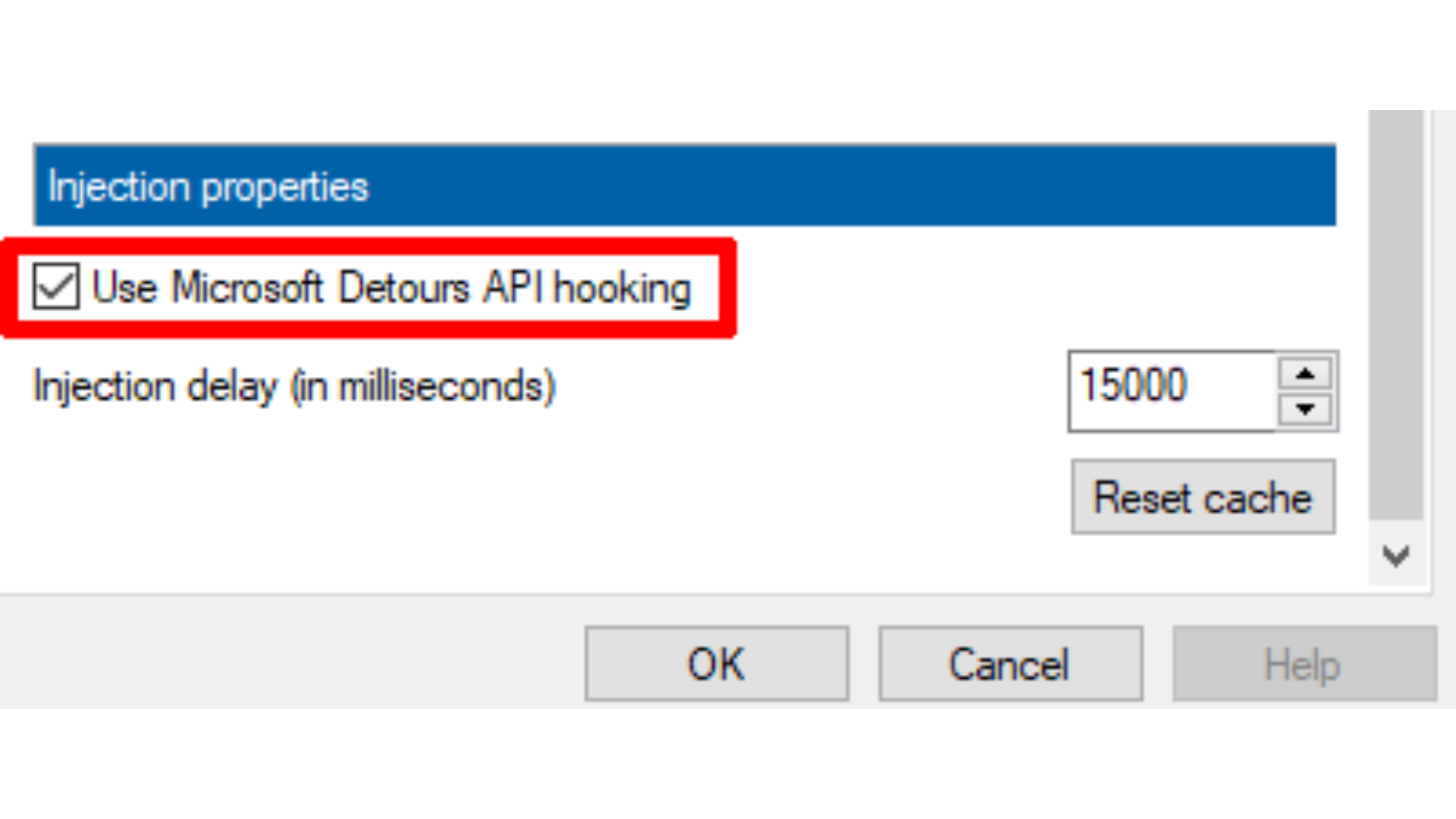
Below we have listed the known issues around using OptiScaler and how you can potentially troubleshoot them:
- Overlay is not opening: Make sure that an upscaler (DLSS, XeSS, FSR) is turned on in game preferences, and you are in active 3D gameplay.
- Black screen or crashes: Swap to DirectX 11 or update the GPU drivers.
- RTSS conflicts: Disable RTSS/MSI Afterburner when using OptiFG to get best stability.
- Anti-cheat issues: Do not use OptiScaler in online competitive games (e.g., Valorant, Fortnite) because it can result in a ban.
Community-Sourced Fixes
Besides the official workarounds, here are some of the community-sourced fixes for issues when using OptiScaler:
- Dark-Scene Exposure: To fix underexposed shadows, some users turn on AutoExposure in OptiScaler.ini.
- Unreal “Christmas Lights”: Setting ColorResourceBarrier=4 in the INI or choosing RENDER_TARGET within Resource Barriers can alleviate artifacting of Unreal Engine games.
We provide the latest news and “How To’s” for Tech content. Meanwhile, you can check out the following articles related to PC GPUs, CPU and GPU comparisons, mobile phones, and more:
- 5 Best Air Coolers for CPUs in 2025
- ASUS TUF Gaming F16 Release Date, Specifications, Price, and More
- iPhone 16e vs iPhone SE (3rd Gen): Which One To Buy in 2025?
- Powerbeats Pro 2 vs AirPods Pro 2: Which One To Get in 2025
- RTX 5070 Ti vs. RTX 4070 Super: Specs, Price and More Compared
- Windows 11: How To Disable Lock Screen Widgets
 Reddit
Reddit
 Email
Email
